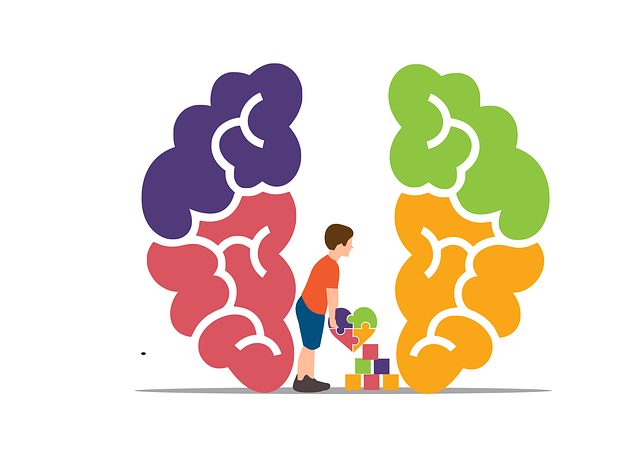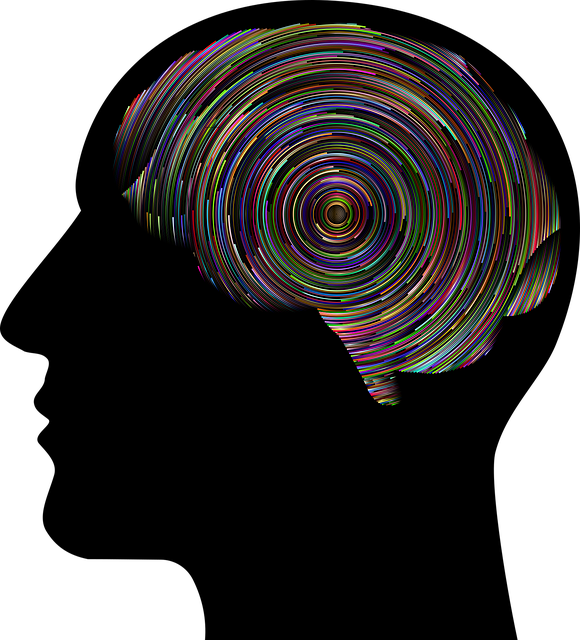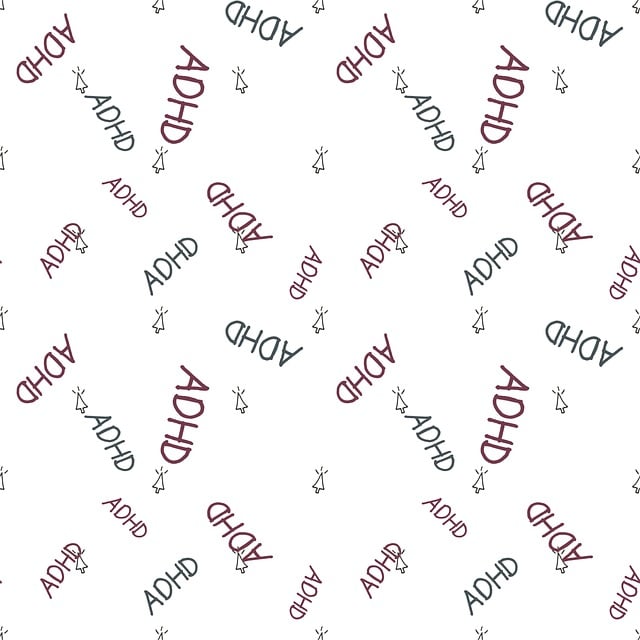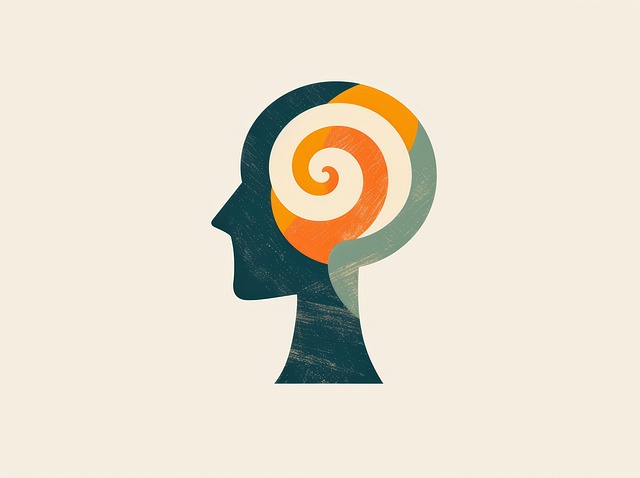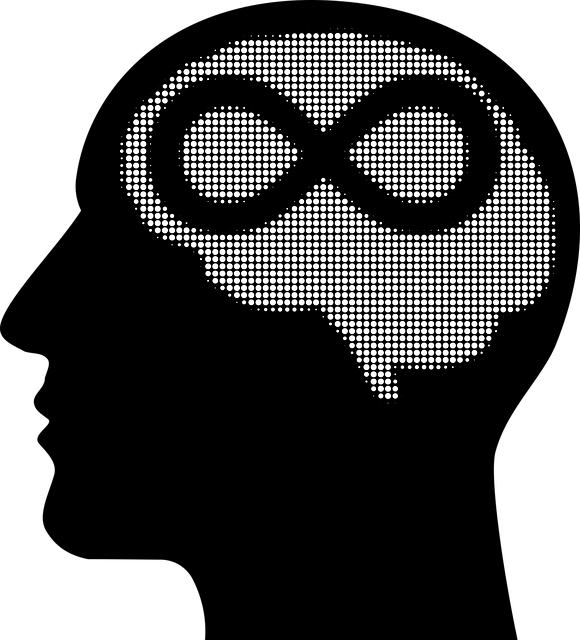Evaluating Therapy for Young Adults Psychosis requires a multifaceted approach combining quantitative and qualitative methods. Research uses pre-post tests with standardized tools like PANSS and GAF to measure symptom reduction, while qualitative interviews and focus groups offer deeper insights into participants' experiences, perceived benefits, and challenges. Cultural competency is crucial for effective treatment delivery. Programs integrate CBT, compassion cultivation, self-care strategies, and confidence-boosting activities to improve outcomes. Success should be assessed through changes in daily functioning, social integration, emotional regulation skills, and quality of life. Feedback from both participants and caregivers is essential for tailored improvements and enhanced care.
Mental wellness programs designed for young adults with psychosis face a unique challenge—evaluating their effectiveness. This article explores comprehensive evaluation methods, delving into key metrics that assess the efficacy of interventions aimed at improving patient outcomes in therapy for young adults psychosis. From assessing therapeutic approaches to integrating participant and caregiver feedback, we dissect strategies for optimizing these programs, ensuring they meet the evolving needs of this demographic.
- Assessing the Efficacy of Mental Wellness Programs for Young Adults with Psychosis
- Therapeutic Approaches and Their Impact on Patient Outcomes
- Measuring Success: Evaluation Metrics for Youth Psychosis Treatment
- Integrating Feedback from Participants and Caregivers in Program Improvement
Assessing the Efficacy of Mental Wellness Programs for Young Adults with Psychosis

Evaluating the efficacy of mental wellness programs designed for young adults with psychosis is paramount to understanding their impact and refining these interventions. Research often employs pre-post tests, comparing participants’ symptoms, functioning, and quality of life before and after program involvement. Standardized assessment tools, such as the Positive and Negative Symptom Scale (PANSS) and the Global Assessment of Functioning (GAF), are frequently used to quantitatively measure changes in psychotic symptoms and overall functioning.
Furthermore, qualitative methods, like interviews and focus groups, offer insights into participants’ experiences, perceived benefits, and challenges encountered during therapy for young adults with psychosis. These approaches may uncover nuanced effects, including improvements in social skills training, boosts in confidence, and enhanced communication with healthcare providers. Additionally, evaluating cultural competency within these programs is essential, as it influences the effectiveness of treatment delivery and access to care, particularly in diverse populations.
Therapeutic Approaches and Their Impact on Patient Outcomes

Mental wellness programs often employ a variety of therapeutic approaches tailored to individual patient needs, with a particular focus on young adults experiencing psychosis. One evidence-based method is cognitive behavioral therapy (CBT), which equips patients with skills to challenge negative thoughts and behaviors, enhancing their coping abilities. CBT has shown promising outcomes in improving symptoms, particularly when combined with family involvement and psychoeducation, empowering both the patient and their support system.
Complementing these structured therapies, compassion cultivation practices, self-care strategies, and confidence-boosting activities play a crucial role in holistic treatment. These approaches foster resilience, self-compassion, and a sense of purpose, contributing to improved patient outcomes and overall mental wellness. By integrating such diverse therapeutic modalities, programs can effectively address the complex needs of young adults navigating psychosis, ultimately enhancing their quality of life.
Measuring Success: Evaluation Metrics for Youth Psychosis Treatment

Measuring success in treating psychosis among young adults is a multifaceted endeavor, requiring a blend of quantitative and qualitative evaluation methods. Traditional metrics like reduction in psychotic symptoms, as gauged by standardized scales, are essential for tracking progress. However, these should be complemented with assessments that capture the broader impact on daily functioning, social integration, and quality of life. For instance, evaluating changes in emotional regulation and mood management skills through structured interviews or self-reported surveys can offer a deeper understanding of the treatment’s effectiveness.
Furthermore, considering the long-term trajectory of recovery, research should incorporate measures that assess sustained remission, relapse prevention, and resilience building. Incorporating feedback from both young adults and their support networks allows for a more holistic view of treatment success. Ultimately, designing mental health education programs that target emotional regulation and mood management, alongside direct therapy for young adults with psychosis, can contribute to comprehensive evaluation metrics that accurately reflect improvements in mental wellness.
Integrating Feedback from Participants and Caregivers in Program Improvement

The evaluation of mental wellness programs is incomplete without integrating feedback from participants and caregivers. This two-way communication channel offers valuable insights into the program’s effectiveness, areas needing improvement, and its overall impact on young adults experiencing psychosis. By actively involving those who directly benefit from therapy for young adults with psychosis, such as caregivers, and incorporating their perspectives alongside participant experiences, programs can be refined to better align with individual needs. This holistic approach leverages Mind Over Matter principles, fostering an environment that not only addresses symptoms but also promotes long-term mental wellness through practices like mindfulness meditation for anxiety relief.
Integrating feedback creates a dynamic loop where program developers and facilitators learn, adapt, and grow continuously. Caregiver input provides an external view of the program’s progress, highlighting aspects that might be overlooked by participants. This collaborative effort ensures that evaluations are not merely numerical assessments but comprehensive appraisals that capture both quantitative data and qualitative narratives, ultimately enhancing the quality of care delivered in therapy for young adults with psychosis.
Evaluating mental wellness programs is crucial for understanding their impact on young adults with psychosis. By assessing efficacy, therapeutic approaches, and patient outcomes, we can identify successful strategies. Using comprehensive evaluation metrics that incorporate participant and caregiver feedback ensures tailored improvements. This approach optimizes the potential of therapy for young adults psychosis, guiding efforts to enhance treatment outcomes and overall mental wellness.


